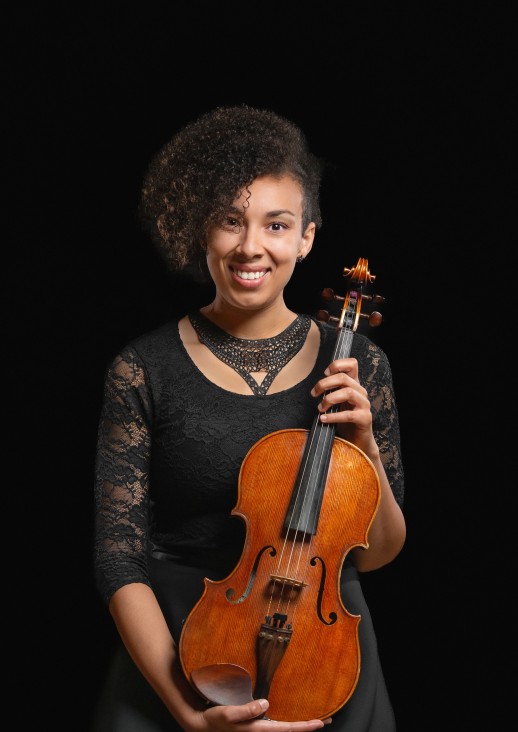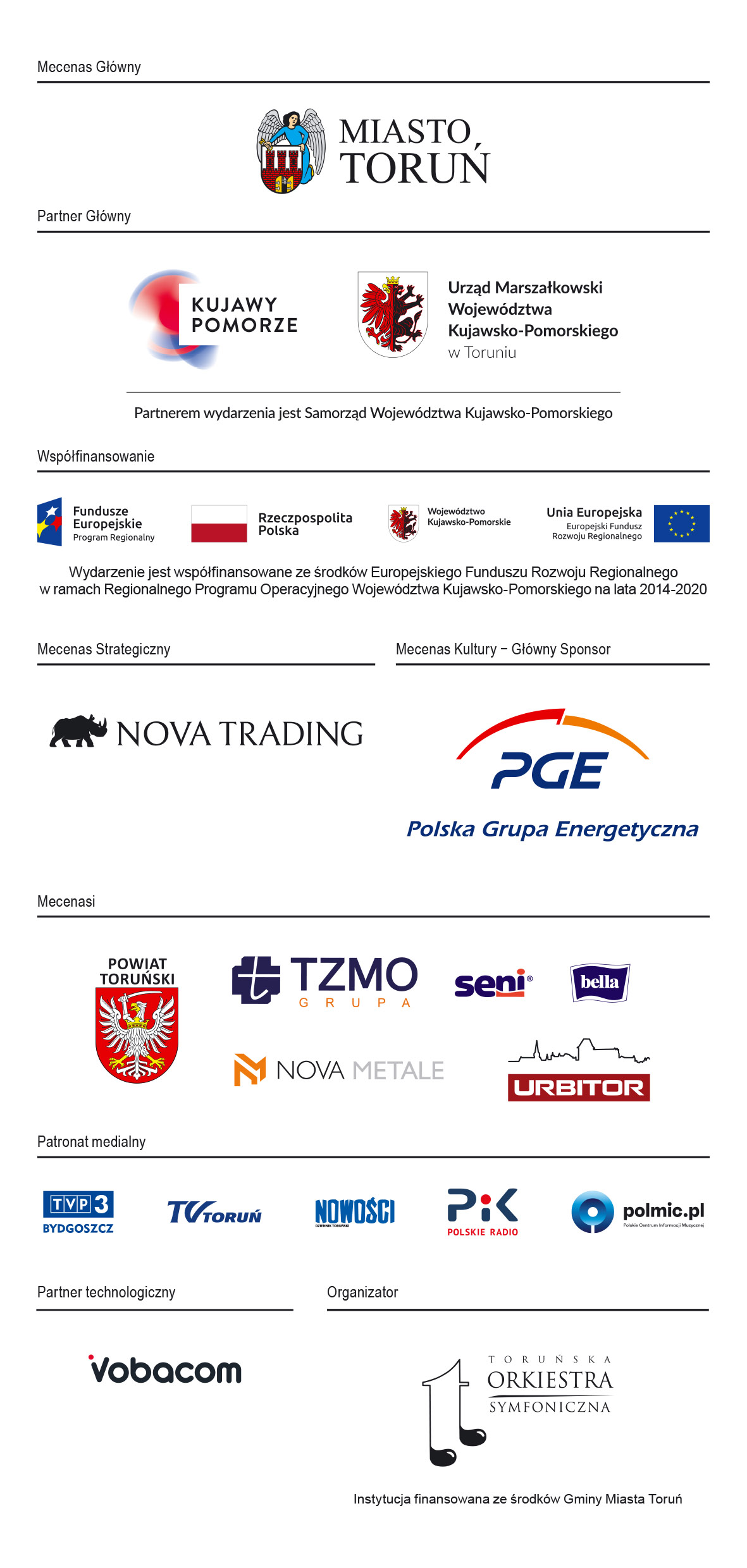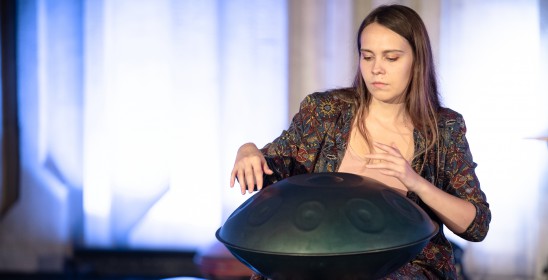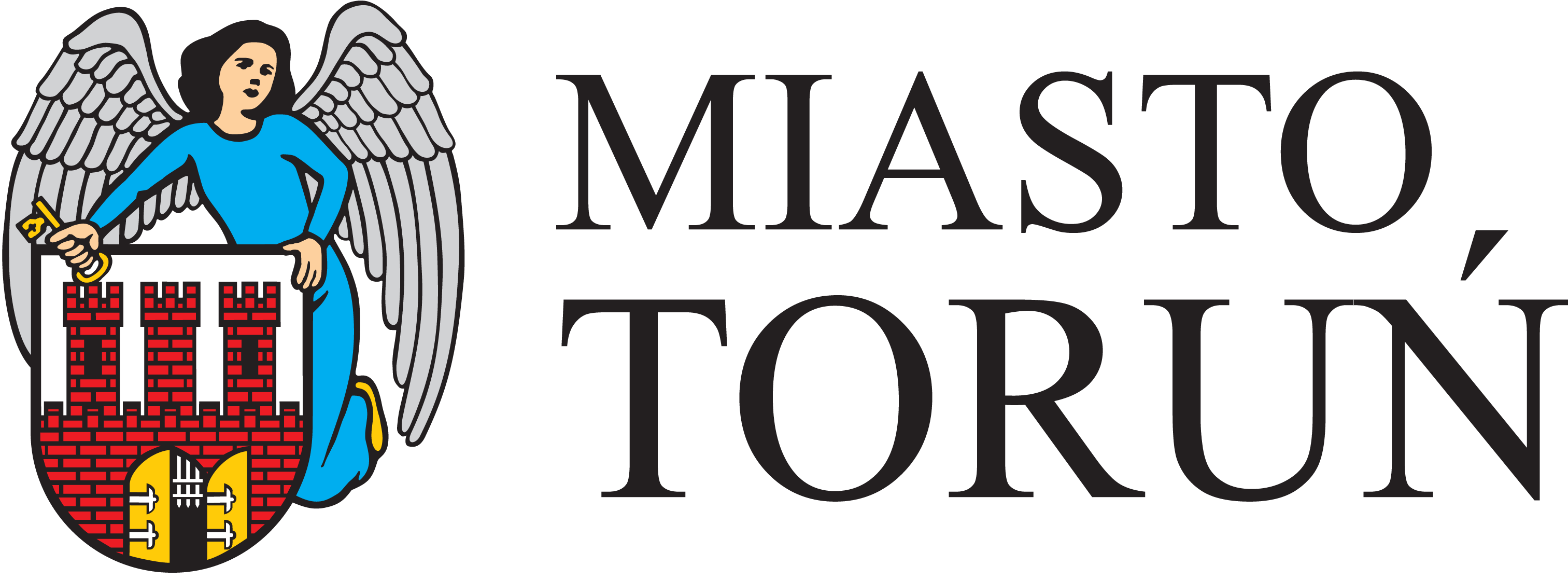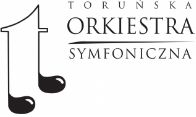The Spanish Temper
The concert will be held under The 26th International Festival "Nova Music and Architecture", Toruń/Kujawsko-Pomorskie 2022
Kujawy + Pomorze – promotion of the economic potential of the region – 2nd
Artists:
Quatuor Europa (Spain):
Cristian Ifrim - violin
Anna Radomska - violin
Fily Diakite - viola
Esperanza Hernandez Muñoz - cello
Programme:
E. Granados - Danza Española
I. Albeniz - Spain Suite: Asturias, Granada, Sevilla
G. F. Telemann - Suite Don Quijote
G. F. Telemann - Galop Rosinante i Sancho Pansa
G. F. Telemann - Odejscie Don Quijota
L. Boccherini - Fandango
Amparito la Roca - pasodoble
G. Bizet - Suita from opera Carmen: Habanera, Seguidilla, Marsz Torreadora
Overture from spain zarzuella
F. Chueca - Bateo
Propinas - Viva España
Agua azucarilo y aguaradiente
Isaac Albéniz (1860-1909) and Enrique Granados (1867-1916) are composers who co-created the Spanish music idiom at the turn of the 19th century. They used the traditional folklore in their unique way, by bringing it into the national music. The Quautor Europa quartet will present their interpretations of: The Danza Española by Granados and the Spanish Suite by Albéniz (Asturias, Granada, Sevilla).
Baroque music also had some Spanish accents. Georg Philipp Telemann (1681-1767) composed his own variations on Spanish music and presented the musical version of Don Kichote in his suite of the same title as Miguel de Cervantes’s novel.
The Fandango – Spanish folk dance in 3/8 accompanied by a guitar and castanets is a musical highlight of Spain, next to the bolero and pasodoble. Luigi Boccherini (1741-1805), Italian Classical composer, knew it best when he composed his fiery Fandango.
Other Spanish attractions include: Amparito Roca – pasodoble composed in 1925 by the Catalan musician and composer Jaime Teixidor Dalmau (1884-1957) and Bateo by Federico Chueca (1846-1908) – one of the most interesting representatives of the Spanish ballet form called zarzuela. It’s an entertaining music theatre, often compared to the Italian opera buffa, Vienna operetta or American musical. Agua, Azúcarillos y Aguardiente is another zarzuela with the libretto by Miguel Ramos Carrión and music by Chueco.
The Creator certainly didn’t spare musical Spanish temperament on Georges Bizet (1838-1875), representative of French verismo. ‘Carmen by Mérimée! Isn’t she murdered by her lover? And this milieu – thieves, Gypsies, working women!’ – that’s what you could hear from the stirred music lovers once they learnt that Bizet was writing his new opera: Carmen, based on Prosper Mérimée’s novel, as Piotr Kamiński wrote. The opera theatre hadn’t yet seen such a distinct character as Carmen. The phenomenon of this opera isn’t merely the composer’s melodic invention. It’s the harmonious structure and great instrumentation that immortalised the ouverture, corrida, toreador march, and many other parts of this opera. The Bizet themes capture the viewers with power and directness of expression. The famous ouverture already introduces three themes: the corrida, toreador march, and destiny. It emphasises the two basic aspects of the opera: its fanciful ornamentation and dark dramaturgy. The colour palette seems infinite and the instrumentation never loses its clarity while offering discreet symbolism to given instruments. An absolute musical masterpiece!
Aneta Derkowska

